12 Examples of Successful Intrapreneurs
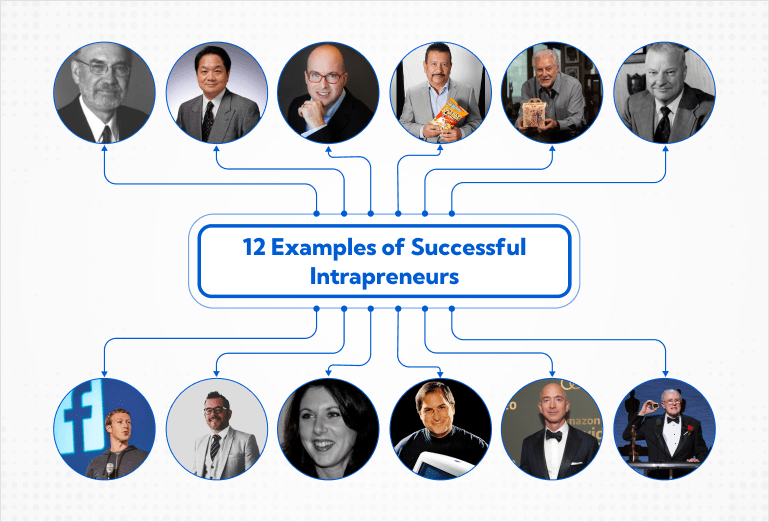
Imagine a world where the status quo is never challenged, and innovation is left to chance. Luckily, we don't live in that world today, thanks to a group of individuals known as intrapreneurs.
These bold thinkers disrupt the norm, challenge the system, and bring new and great ideas to life within their organizations.

In this article, we'll shine a light on 12 remarkable intrapreneurship examples and the innovations they brought to the world.
What is Intrapreneurship?
You've heard widely about entrepreneurship. But what is intrapreneurship that we're talking about? It's like entrepreneurship, but instead of starting your own business, you innovate and drive change from within an existing organization.
But what exactly is the difference between an intrapreneur and an entrepreneur? Intrapreneurs and entrepreneurs are all rebels, disruptors, and dreamers who refuse to settle for the status quo. They are the ones who think outside the box and are not afraid to take risks.
The main difference lies in whether they become an employee or an employer. But who exactly prefers a job or business? Intrapreneurs go for a job, while entrepreneurs settle for their own businesses.
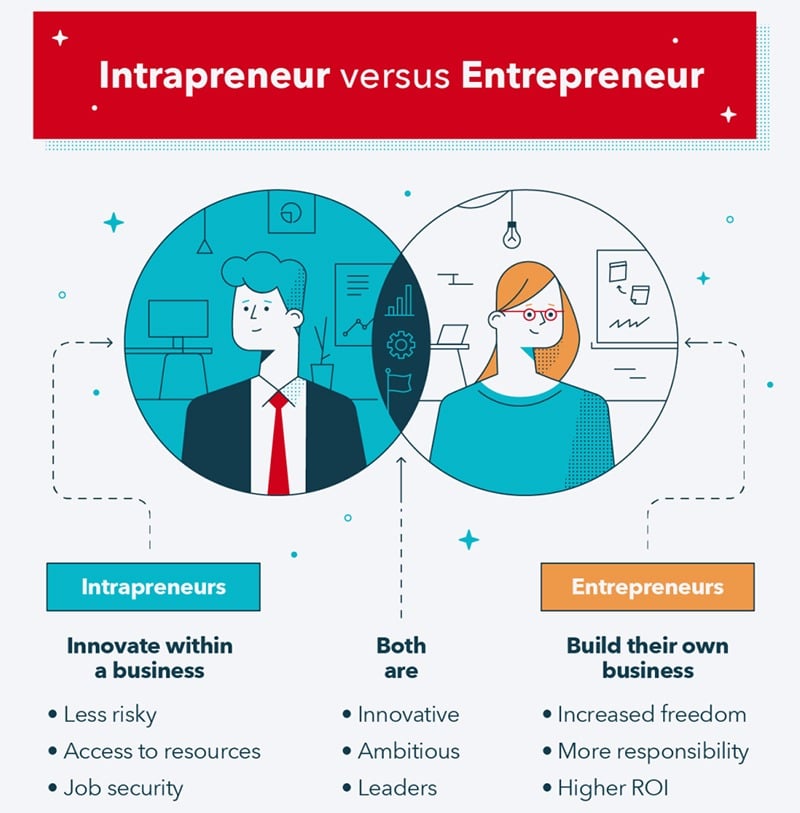
Intrapreneurship is about embracing a culture of innovation and empowering employees to bring new ideas to the table. It's about creating a workplace where creativity and entrepreneurship can thrive.
Let's now explore our examples of intrapreneurship in the workplace of individuals who improved our world.
Examples of Successful Intrapreneurs
Spencer Silver’s & Art Fry's Post-it-Note
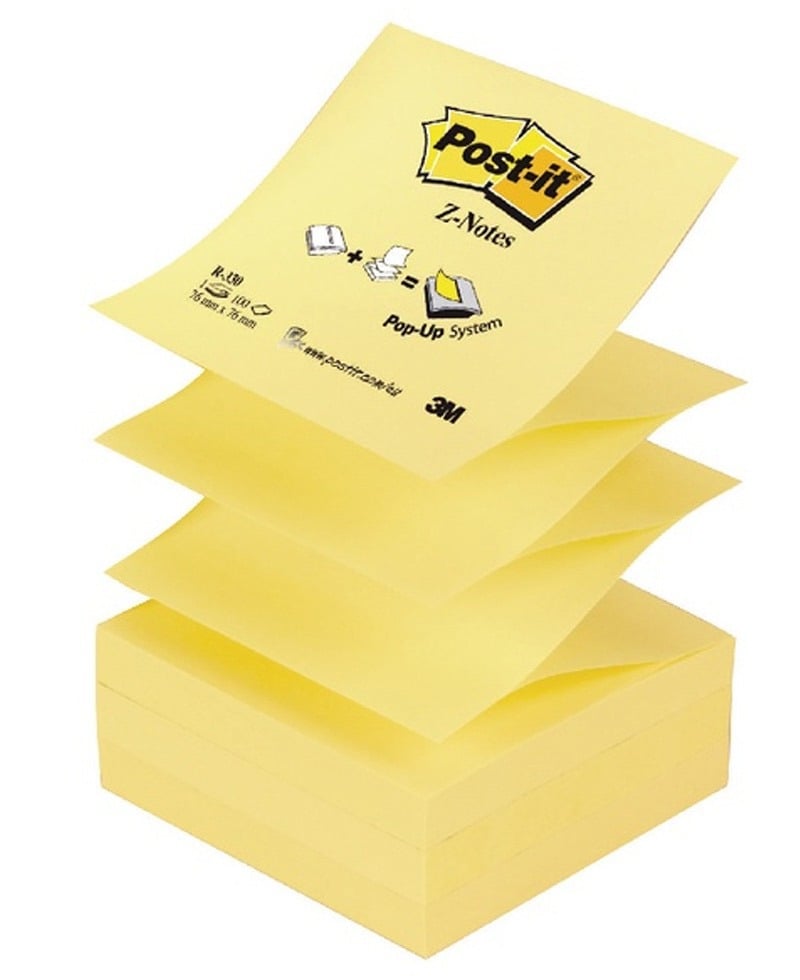
The Innovator
In the late 1960s, Spencer Silver worked as a scientist at 3M, trying to develop a strong adhesive for aircraft construction. However, he stumbled upon a low-tack, reusable adhesive that stuck to surfaces but could be easily removed without leaving a residue.
The Innovation
Despite his colleagues' skepticism, Spencer recognized his discovery's potential and began experimenting with different applications. He even tried to market it as a super-strong bookmark but didn't have much success. It wasn't until several years later, when Spencer's colleague, Art Fry, had an idea for a new type of bookmark, that he realized the true potential of the adhesive.
The Impact
The result was the Post-it Note, which has become one of the most ubiquitous office supplies in the world. This intrapreneurial example of Post-it Notes highlights the value of being open to experimentation and iteration. It also emphasizes the potential benefits of collaboration between individuals with different skill sets and perspectives.
Ken Kutaragi's Sony Playstation
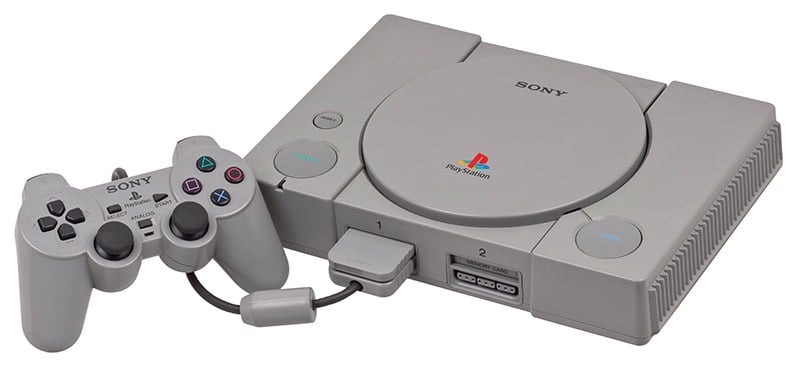
The Innovator
In the early 1990s, Ken Kutaragi, an engineer at Sony Computer Entertainment, worked on developing sound chips for the company's electronic products. He devised a game-changing idea: a dedicated video game console that could rival the Nintendo game console and Sega.
The Innovation
Ken Kutaragi proposed creating a gaming console that could play high-quality 3D games. At the time, video games were primarily played on computers or low-quality consoles with limited graphics. Sony executives resisted his idea, but he persisted and eventually convinced them to fund the project.
The Impact
The Sony PlayStation was launched in 1994 and became an instant success. It revolutionized the gaming industry by introducing 3D graphics and immersive gameplay, setting a new standard for consoles, and exhibiting true corporate innovation. It also helped Sony become a major player in the electronics industry, paving the way for future innovations like the PlayStation 2, 3, and 4.
Kutaragi's success with the Playstation demonstrated that an intrapreneur requires creativity, innovation, and the ability to identify and seize opportunities outside the company's traditional areas of expertise.
Paul Buchheit’s Gmail

The Innovator
Paul Buchheit was an engineer at Google who had previously worked at Intel and Compaq. In 2001, he was assigned to work on a new email service, which was initially intended to be a competitor to Hotmail.
The Innovation
Buchheit came up with the idea of providing users with massive storage, which was unheard of then. He also introduced the concept of threading emails, which made it easier for users to keep track of conversations. In addition, he implemented a powerful search function that allowed users to easily find specific emails.
The Impact
Gmail was released to the public in 2004 and quickly became one of the successful launches of Google. Gmail's innovative features and user-friendly interface made it a popular choice among email users, and it helped cement Google's reputation as a company focused on user experience. Gmail’s success underscores the importance of being willing to take calculated risks and invest in promising project ideas, even if there is no immediate profit.
Richard Montañez’s Flamin' Hot Cheetos

The Innovator
In the 1980s, Richard Montañez was a janitor at Frito-Lay, a subsidiary of PepsiCo, in Rancho Cucamonga, California. His humble background did not deter him from showing his entrepreneurial mindset. He noticed that the company had no spicy snack options for the Latino market, a significant segment of the population in Southern California. He pitched his idea to the CEO.
The Innovation
Montañez's idea for Flamin' Hot Cheetos significantly departed from the company's usual products. He added a homemade spice mix as a flavoring to the Cheetos and did its community promotions as a snack that would appeal to Latino consumers. He also developed a unique packaging design featuring flames, which helped the product stand out on store shelves.
The Impact
Flamin' Hot Cheetos quickly became Frito-Lay's best seller in multicultural sales, and Montañez was eventually promoted to a position in the company's executive team. The success of Flamin' Hot highlights the importance of taking risks and being persistent in pursuing your innovative ideas. Montañez's idea was unconventional and went against the company's usual processes, but his consistent efforts turned Flamin' Hot Cheetos into a cultural phenomenon.
Bob Bernstein's McDonald's Happy Meal

The Innovator
Bob Bernstein was a marketing executive at McDonald's in the 1970s, where he was tasked with finding a way to make the fast-food chain more appealing to families with children. At the time, McDonald's was primarily a destination for adults, but it lacked a menu item that catered specifically to children.
The Innovation
Bob came up with the ingenious idea of the Happy Meal, a small meal for kids that would include a burger or chicken nuggets, fries, and a toy. The toy was the game-changer. It transformed the Happy Meal from just another meal option to a fun, interactive experience that kids looked forward to. The toys often tie in with popular movies or TV shows, creating a sense of excitement and anticipation for children.
The Impact
Introduced in 1979, the Happy Meal quickly became a massive success. It is a perfect example of how intrapreneurship can drive business success by identifying customer needs, taking risks, and constantly innovating to stay ahead of the competition.
Kelly Johnson's Skunk Works

The Innovator
Kelly Johnson was an aeronautical engineer who worked at Lockheed Martin during the Cold War. In 1943, Johnson established a small, secret research and development team called “Skunk Works” that was tasked with creating advanced aircraft designs ahead of their time.
The Innovation
Under Johnson's leadership, the Skunk Works team created some of the most advanced and groundbreaking aircraft of the 20th century, including the U-2 spy plane and the SR-71 Blackbird. These planes were designed to fly higher and faster than any other planes then, and they revolutionized the fields of intelligence gathering and surveillance.
The Impact
The Skunk Works approach demonstrates the importance of empowering and trusting talented employees to work independently without fear of failure or micromanagement. This allows for more agile decision-making and encourages innovative thinking and risk-taking. Today, “Skunk Works” has become synonymous with innovative and secret projects in various industries.
Mark Zuckerberg's Like Button

The Innovator
Mark Zuckerberg, the co-founder and CEO of Facebook, and his team introduced the “Awesome Button” on Facebook in 2009. The Awesome Button, now known as the “Like” button, was designed to increase user engagement on the platform and make it more user-friendly by allowing users to appreciate a post or comment without leaving a written response.
The Innovation
The Awesome Button was groundbreaking because it innovated the traditional way of interacting on social media platforms. Before its introduction, users were limited to commenting or reading posts. The Like button gave users a quick and easy way to show their support or approval for a post without leaving a comment.
The Impact
Zuckerberg's vision for the Like button was to enhance the platform's user experience, collect data, and increase engagement. Furthermore, this shows us that intrapreneurs must understand and identify gaps in the consumer market and address them through innovative solutions, ultimately leading to the company's success. Different platforms also copied the concept, but all the credit goes to Facebook.
Davide Costello's Fast & Green

The Innovator
Fast & Green is a project led by Davide Costello at Nestle. Davide noticed that many customers needed more Nespresso pods before they could restock, leaving them without coffee at home. He had an idea to deliver pods to customers quickly while also considering the environmental impact.
The Innovation
To make the service more sustainable, Davide proposed making deliveries via bicycle. With the help of Nestlé's resources and infrastructure, Davide's idea was brought to life within just eight weeks. Fast & Green offers customers a faster and more eco-friendly delivery option today.
The Impact
David's idea was not only innovative but also had a focus on sustainability. This shows that intrapreneurial thinking can lead to solutions that not only benefit the company but also have a positive impact on society and the environment. The success of Fast & Green also demonstrates that intrapreneurship can bring a competitive advantage to a company by staying ahead of the curve with innovative projects and encouraging personal creative projects of employees.
Stéphanie Daru’s Soothe ‘N' Chew

The Innovator
Stéphanie Daru is one of the most recent intrapreneurs who impacted the world. She worked as a product development expert at Nestle. When her seven-month-old daughter began teething and biting on everything around the house, she had a brilliant idea. She realized that creating an all-natural and edible teething treat would be an excellent solution for babies to chew on and alleviate pain during the teething process.
The Innovation
Stéphanie submitted her concept, and within no time, it was produced as “Soothe ‘N' Chew.” The soft banana-flavored treat is a natural product that soothes babies' gums and satisfies the urge to chew without causing harm or pain. Despite the pandemic, Soothe ‘N' Chew was a great addition to Nestle's product line.
The Impact
One key takeaway from Stephanie Daru's story is the importance of identifying a problem or need and creating a solution that fills that gap in the consumer market. Stephanie noticed a problem in her own life as a parent. She used her knowledge and experience to create a new product that not only helped her own family but also had the potential to benefit others.
Steve Jobs’ Macintosh
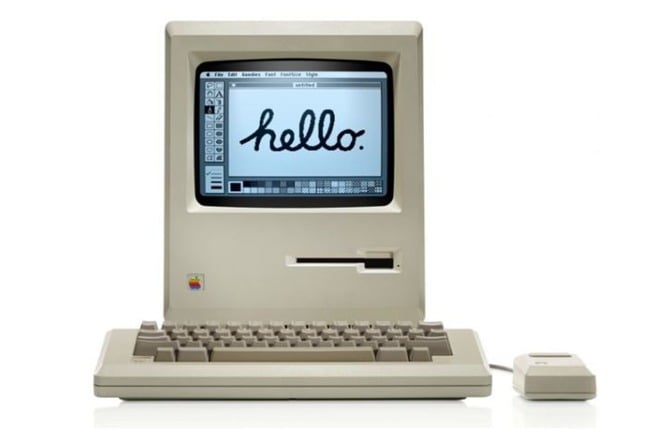
The Innovator
Steve Jobs is synonymous with innovation, and the Apple Macintosh exemplifies his intrapreneurial spirit within his company. Jobs co-founded Apple in 1976 and was ousted from the company in 1985. However, he returned to the organization in 1996 and started work on a new computer, the Macintosh.
The Innovation
The Macintosh was a game-changer for the personal computer industry. It featured a graphical user interface, a mouse, and a range of software programs, making it easier to use and understand than other computers on the market.
The Impact
An important takeaway is the value of investing in research and development to stay ahead of the competition. The Macintosh was a game-changing product in the personal computer industry, and Apple's investment in research and development helped them to achieve this breakthrough. This investment allowed the company to develop new technologies, set market trends, and innovate in ways competitors could not match.
Jeff Bezos’ Amazon Prime

The Innovator
Jeff Bezos is one of the most innovative entrepreneurs and intrapreneurs. After Jeff Bezos founded Amazon in 1994 as an online bookstore, he kept expanding it into different horizons. Amazon VP Greg Greeley and Bezos saw an opportunity to create a loyalty program that would retain existing customers and attract new ones.
The Innovation
With the launch of Amazon Prime in 2005, Bezos altered the traditional retail model by offering customers the convenience of fast, free shipping and access to exclusive content. In addition, the streaming of movies, TV shows, and music has also become a major draw for customers. This also helped Amazon become a major player in the entertainment industry.
The Impact
The success of Amazon Prime highlights the importance of customer loyalty and the value of offering added benefits to retain and attract customers. Amazon has increased customer loyalty and set a new standard for e-commerce and entertainment by focusing on customer needs and investing in research and development.
Larry Hornbeck’s Digital Micromirror Device

The Innovator
Larry Hornbeck, a researcher at Texas Instruments, was tinkering with technology using tiny mirrors to redirect photons for almost a decade. In 1987, the tinkering paid, and Hornbeck and his team developed the Digital Micromirror Device (DMD). These micromirrors were initially used for printing airline tickets.
The Innovation
Hornbeck realized that the technology could significantly decrease the size and cost of a digital projector which was very costly. Soon after, TI launched an internal venture called the Digital Imaging Venture Project to expand on the efforts, paving the way for video projectors. The DMD became an industry standard, and Hornbeck received an Emmy Award for outstanding achievement in engineering development.
The Impact
This story is a great example of a successful intrapreneurship showing that intrapreneurs can leverage their knowledge and expertise to develop disruptive technologies and improve existing products through creative ideas. In this case, Hornbeck's experimentation with mirrors using company resources led to a digital projector technology breakthrough, revolutionizing the industry.
Conclusion: What You Can Learn From These Intrapreneur Examples
Intrapreneurship is all about harnessing the entrepreneurial spirit within an established organization. The examples of intrapreneurs we have explored demonstrate that innovation and creativity can come from anyone, regardless of their position or title within a company.
It's all about having the right mindset, being willing to take risks, and having the courage to pursue new ideas. Companies that embrace intrapreneurship can tap into the collective talent of their workforce and create a dynamic environment where innovation and growth are encouraged.
Intrapreneurs show us there are no limits to what can be achieved when creativity is given free rein. These examples are a testament to the power of innovative thinking, and they inspire anyone looking to steer change and make a positive impact within their organization. So, let's celebrate the intrapreneurs of the world and continue to support their endeavors!
Explore Further
- 10 Most Successful Social Entrepreneurs
- Are Successful Entrepreneurs Born Or Made?
- 13 Different Types of Entrepreneurs
- 12 Most Successful Women Entrepreneurs
- 4 Key Elements of Entrepreneurship
- Essential Characteristics and Skills of Successful Entrepreneurs